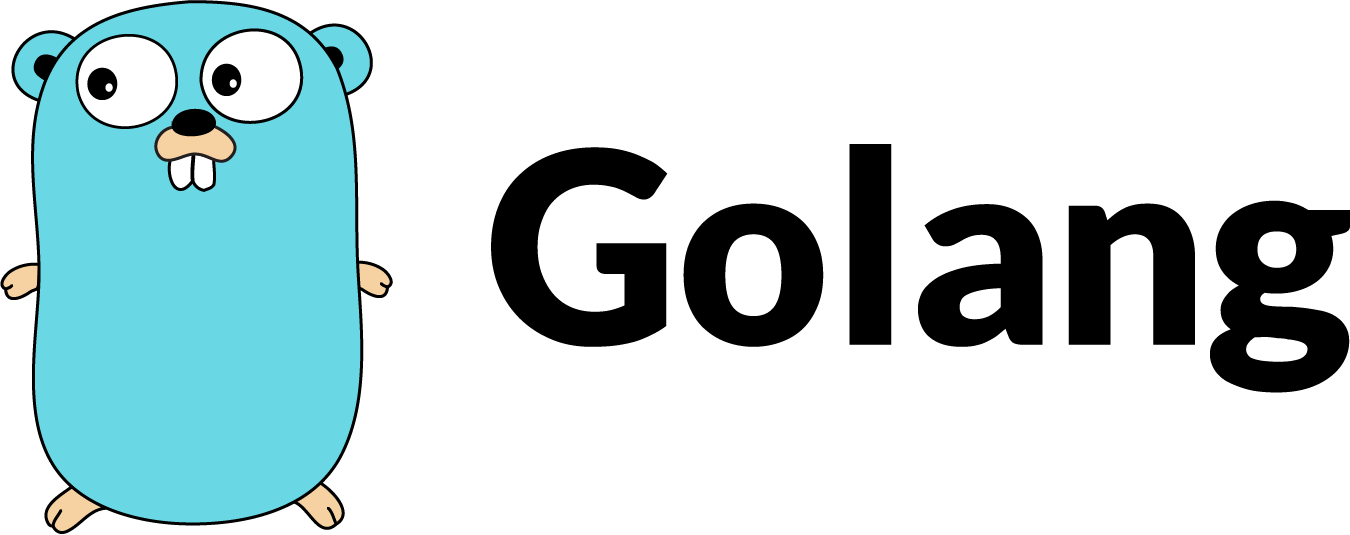Golang 语言中 Context 的使用方式
01、介绍
在 Golang 语言并发编程中,经常会遇到监控 goroutine 运行结束的场景,通常我们会想到使用 WaitGroup 和 chan + select,其中 WaitGroup 用于监控一组 goroutine 是否全部运行结束,chan + select 用于监控一个 goroutine 是否运行结束(取消一个 goroutine)。
如果我们需要监控多个 goroutine 是否运行结束(取消多个 goroutine),通常会使用 context,当然使用 context 也可以用于监控一个 goroutine 是否运行结束(取消一个 goroutine)。我们在之前的文章已经介绍过 Golang 语言标准库 Context,未阅读的读者朋友们可以按需翻阅。本文我们主要介绍 Context 的一些使用方式。
02、取消一个 goroutine
使用 context 取消一个 goroutine,比较类似于使用 chan + select 的方式取消一个 goroutine。
示例代码:
- func main () {
- ctx, cancel := context.WithCancel(context.Background())
- go func(ctx context.Context) {
- for {
- select {
- case <-ctx.Done():
- fmt.Println("goroutine 已停止")
- return
- default:
- fmt.Println("goroutine 正在运行")
- time.Sleep(time.Second)
- }
- }
- }(ctx)
- time.Sleep(time.Second * 5)
- cancel()
- time.Sleep(time.Second * 5)
- fmt.Println("main goroutine 已结束")
- }
阅读上面这段代码,我们首先使用 context.Background() 创建一个 context 树的根节点,然后使用 context.WithCancel() 创建一个可取消的子 context 类型的变量 ctx,作为参数传递给子 goroutine,用作跟踪子 goroutine。
然后在子 goroutine 中,使用 for select 监控 <-ctx.Done() 判断子 goroutine 是否运行结束。
最后使用 context.WithCancel() 返回的第二个值 CancelFunc 类型的 cancel 变量给子 goroutine 发送取消指令。
03、取消多个 goroutine
接下来,我们再来看一个使用 context 停止多个 goroutine 的示例。
- func main () {
- ctx, cancel := context.WithCancel(context.Background())
- // 停止多个 goroutine
- go worker(ctx, "节点一")
- go worker(ctx, "节点二")
- go worker(ctx, "节点三")
- time.Sleep(time.Second * 5)
- cancel()
- time.Sleep(time.Second * 5)
- fmt.Println("main goroutine 已结束")
- }
- func worker (ctx context.Context, node string) {
- for {
- select {
- case <-ctx.Done():
- fmt.Println(node, "goroutine 已停止")
- return
- default:
- fmt.Println(node, "goroutine 正在运行")
- time.Sleep(time.Second)
- }
- }
- }
阅读上面这段代码,我们使用 go 关键字启动三个 worker goroutine,和上个示例一样,首先创建一个 context 树的根节点,使用第一个返回值 context 类型的子 ctx 跟踪每一个 worker goroutine,在 worker 中使用 for seclect 监控 <-ctx.Done() 判断子 goroutine 是否运行结束,最后通过调用第二个返回值 CancelFunc 类型的 cancel 给子 goroutine 发送取消指令,此时所有子 context 都会接收到取消指令,goroutine 结束运行。
04、上下文信息传递
我们在前面的示例中使用 WithCancel 函数,用作取消 context,除此之外,可用作取消 Context 的函数还有 WithDeadline 函数和 WithTimeout 函数,分别用于定时取消和超时取消,限于篇幅,本文不再赘述,感兴趣的读者可以查阅官方标准库文档。除了上述三个函数外,还有一个 WithValue 函数,它是用作上下文信息传递的一个函数。
在 Golang 语言中,Context 包还有一个重要的作用,就是用作上下文信息传递,接下来我们介绍一下如何使用 WithValue 函数传递上下文信息。
示例代码:
- func main () {
- ctx, cancel := context.WithCancel(context.Background())
- // 传递上下文信息
- ctxValue := context.WithValue(ctx, "uid", 1)
- go func(ctx context.Context) {
- for {
- select {
- case <-ctx.Done():
- fmt.Println(ctx.Value("uid"), "goroutine 已停止")
- return
- default:
- fmt.Println("goroutine 正在运行")
- time.Sleep(time.Second)
- }
- }
- }(ctxValue)
- time.Sleep(time.Second * 5)
- cancel()
- time.Sleep(time.Second * 5)
- fmt.Println("main goroutine 已结束")
- }
阅读上面这段代码,我们使用 WithValue 函数给子 goroutine 传递上下文信息 uid。WithValue 函数接收三个参数,分别是 parent context,key 和 value。返回值是一个 context,我们可以在子 goroutine 中调用 Value 方法获取传递的上下文信息。
05、总结
本文我们简述了监控 goroutine 的几种方式,分别是 WaitGroup,chan + select 和 context。重点介绍了 context 的一些使用方式,分别是取消一个 goroutine,取消多个 goroutine 和传递上下文信息。关于定时取消和超时取消,感兴趣的读者可以参阅官方标准库文档。
相关文章
- 在 Go 里用 CGO?这 7 个问题你要关注!
- 9款优秀的去中心化通讯软件 Matrix 的客户端
- 求职数据分析,项目经验该怎么写
- 在OKR中,我看到了数据驱动业务的未来
- 火山引擎云原生大数据在金融行业的实践
- OpenHarmony富设备移植指南(二)—从postmarketOS获取移植资源
- 《数据成熟度指数》报告:64%的企业领袖认为大多数员工“不懂数据”
- OpenHarmony 小型系统兼容性测试指南
- 肯睿中国(Cloudera):2023年企业数字战略三大趋势预测
- 适用于 Linux 的十大命令行游戏
- GNOME 截图工具的新旧截图方式
- System76 即将推出的 COSMIC 桌面正在酝酿大变化
- 2GB 内存 8GB 存储即可流畅运行,Windows 11 极致精简版系统 Tiny11 发布
- 迎接 ecode:一个即将推出的具有全新图形用户界面框架的现代、轻量级代码编辑器
- loongarch架构介绍(三)—地址翻译
- Go 语言怎么解决编译器错误“err is shadowed during return”?
- 敏捷:可能被开发人员遗忘的部分
- Denodo预测2023年数据管理和分析的未来
- 利用数据推动可持续发展
- 在 Vue3 中实现 React 原生 Hooks(useState、useEffect),深入理解 React Hooks 的


